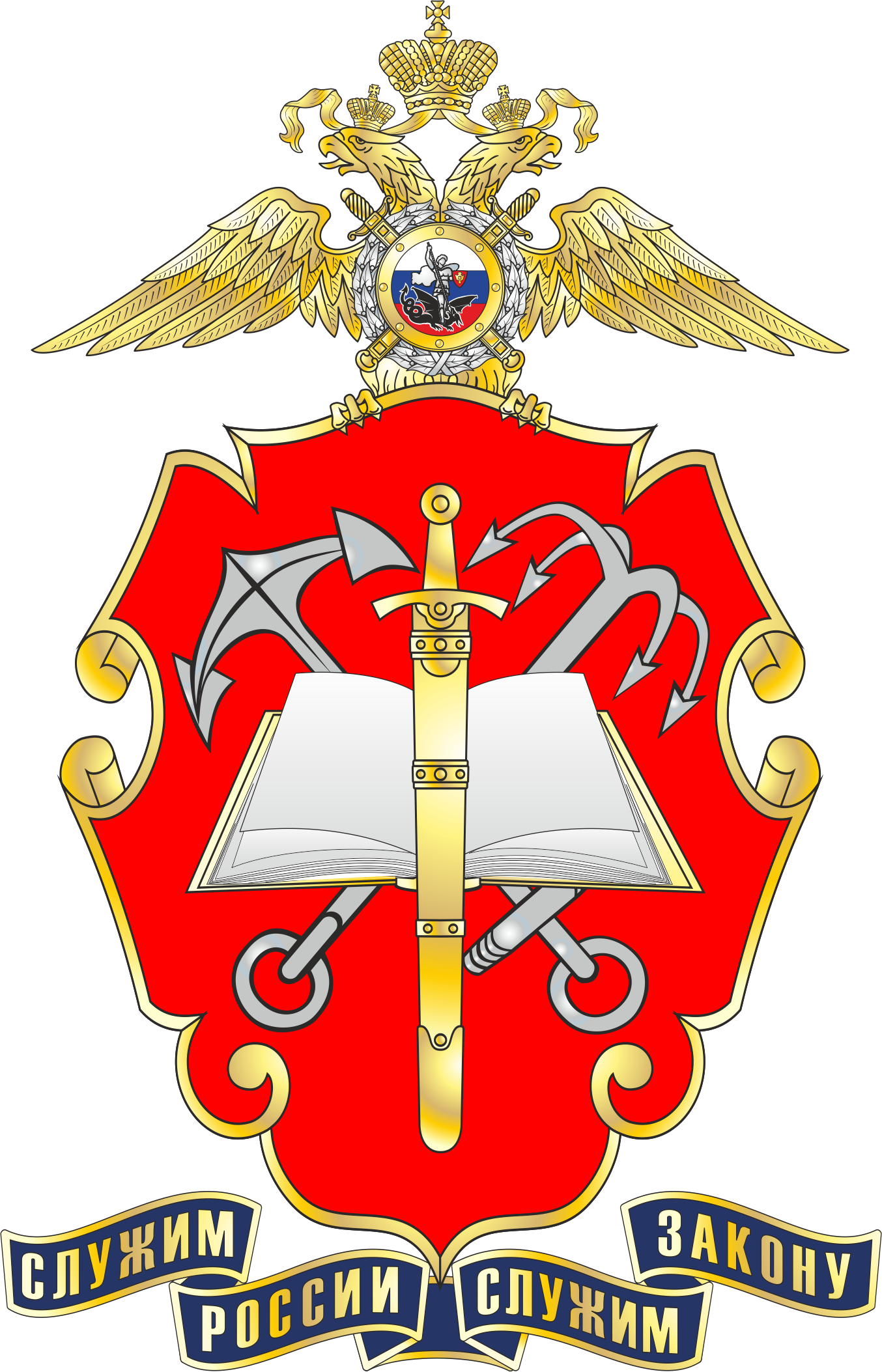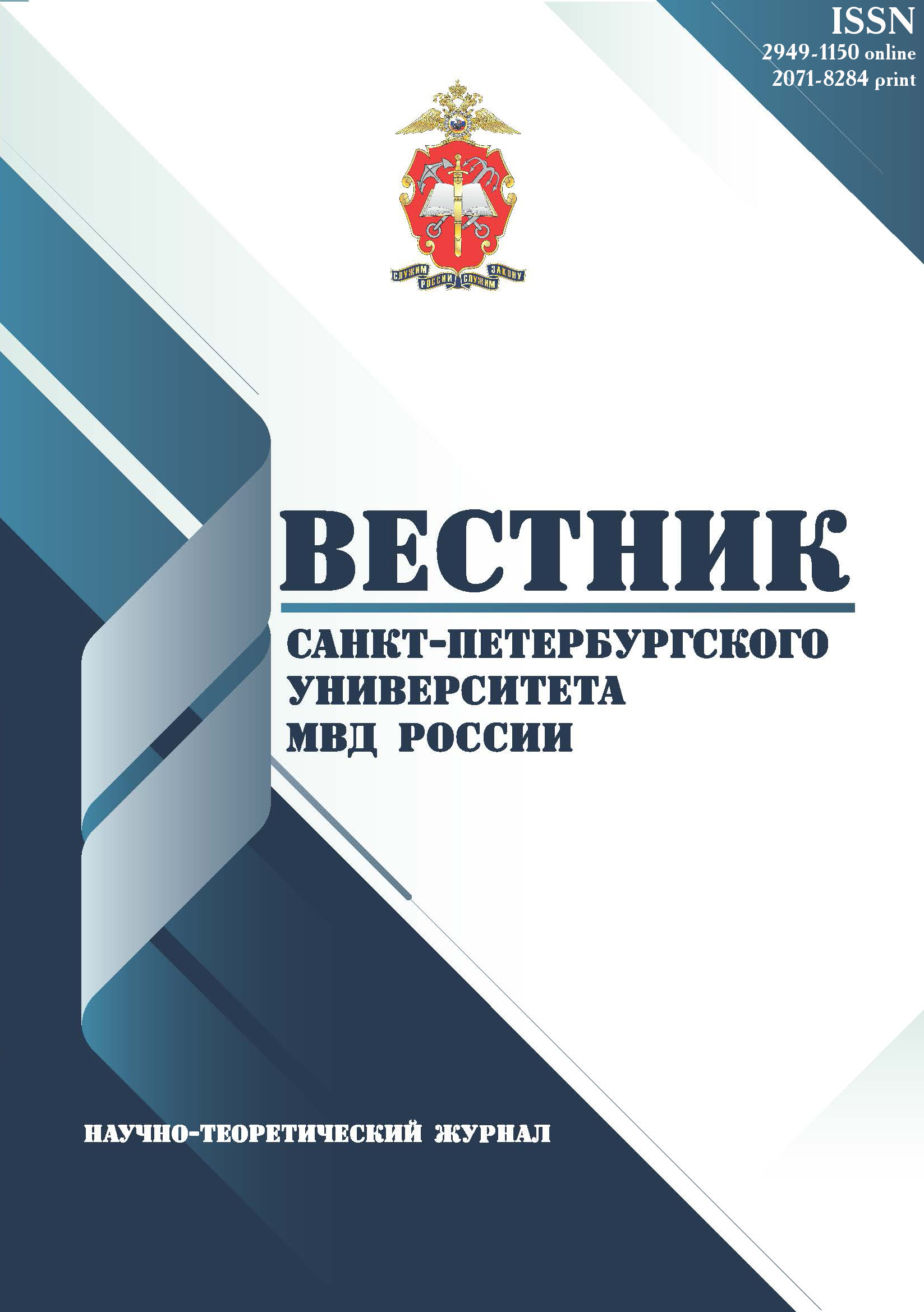employee from 01.01.2006 until now
UDC 347
Introduction. In the present day, the issue of fakes has evolved beyond its legal implications, encompassing socio-economic, psychological and political connotations, thus turning a threat to human rights and freedoms, transforming person’s worldview and sense of identity in a new digital world and endangering public and national interests. If the phenomenon of “fake” or digital image is integrated into the system of objects of civil rights, legal mechanisms will be capable of providing adequate protection to the fundamental values of human society. This will make it possible to identify effective strategies to protect the rights and legitimate interests of all subjects whose rights violated as a result of the subject's use of his or her digital image or the digital image of a third party. Methods. The main research method was synthesis and analysis, which helps the systematisation of civilist doctrine approaches to determining the place of digital images of a person in the system of objects of civil rights. The legal-historical method was applied to identify the legal qualification of the digital image of a person and to determine its legal nature. Results. Despite the variety of doctrinal positions, the findings of the research indicates that the point of view digital image right of a person as an intangible benefit is both well-founded and the most appropriate. Recent research has shown that the digital image of a person is a modern variation of the traditional object of civil rights as “the image of a person”, which, as a result of technological advances, has evolved into more than just a visual representation; it has become a digital copy of various personal characteristics, encompassing the forms of nonverbal communication, such as voice, specific body movements and facial expressions, specific behaviour, reactions and etc. The author concludes that digital image is an intangible benefit that can be subject to legal framework of image, taking into account its technological features and also proposes the key elements of the mechanism of legal protection.
digital image of a person, avatar, digital copy of a person, Human Digital Twin, image, digital image right
1. Petkilev P. I. «Cifrovoy dvoynik» kak novyy ob'ekt smezhnyh prav // Zhurnal Suda po intellektual'nym pravam. 2022. № 4 (38). S. 93–100. https://doi.org/10.58741/23134852_2022_4_93.
2. Dobrobaba M. B. Dipfeyki kak ugroza pravam cheloveka // Lex Russica. 2022. № 11. S. 112–119. https://doi.org/10.17803/1729-5920.2022.192.11.112-119.
3. Budnik R. A. Isklyuchitel'noe pravo na samokopirovanie // Intellektual'naya sobstvennost'. Avtorskoe pravo i smezhnye prava. 2023. № 3. S. 5–17.
4. Gallyamova A. A. Bioprinting i pravo cheloveka na cifrovoy obraz: pravovye problemy // Pravo i biznes. 2023. № 2. S. 39–44.
5. Bogdanov D. E. Tehnodeterminizm v chastnom prave: vliyanie bioprintinga na razvitie koncepcii zaschity prava na cifrovoy obraz // Vestnik Permskogo universiteta. Yuridicheskie nauki. 2020. № 50. S. 678–704. https://doi.org/10.17072/1995-4190-2020-50-678-704.
6. Bogomyagkova E. S. Cifrovoy obraz tela pol'zovateley ustroystv dlya self-trekinga // Vestnik Sankt-Peterburgskogo universiteta. Sociologiya. 2023. T. 16, № 2. S. 183–196. https://doi.org/10.21638/spbu12.2023.205.
7. Arhipov V. V. Personazhi (avatary) v mnogopol'zovatel'skih komp'yuternyh igrah: voprosy pravovoy kvalifikacii v svete mezhdisciplinarnyh issledovaniy // Zakon. 2022. № 3. S. 58–74. https://doi.org/10.37239/0869-4400-2022-18-3-58-74.
8. Kosovskaya I. M., Pisarev V. V. Formirovanie rynka intellektual'noy sobstvennosti v virtual'nyh mirah (na primere metavselennyh): analiz osnovnyh problem // Arbitrazhnye spory : [elektronnyy zhurnal]. 2024. № 4. S. 4. URL: https://arbspor.ru/articles/2448/.
9. Nigmatzyanova D. A. NFT kak osnova ekonomiki metavselennyh // Pravo i bines. 2022. № 4. S. 26–31.
10. Maslikova Ya. A. Dipfeyki kak ugroza personal'nym dannym / Gryaduschim pokoleniyam zaveschaem: tvorit' dobro v zaschitu prava : materialy Vserossiyskoy nauchno-prakticheskoy konferencii s mezhdunarodnym uchastiem, g. Orenburg, 29 marta 2021 g. Noginsk : ANALITIKA RODIS, 2021. S. 396–400.
11. Yacenko T. S. Problemy grazhdansko-pravovogo regulirovaniya posmertnogo ispol'zovaniya nematerial'nyh blag // Zhurnal rossiyskogo prava. 2023. T. 27, № 7. S. 35–46. https://doi.org/10.12737/jrp.2023.077.
12. Fleyshic E. A. Lichnye prava v grazhdanskom prave Soyuza SSR i kapitalisticheskih stran // Izbrannye trudy po grazhdanskomu pravu : v 2 t. Moskva : Statut, 2015. T. 1. 510 s.
13. Kac E. Reputaciya kak motivaciya // Bankovskoe obozrenie. 2024. № 4 (302). S. 10–13.
14. Kapitonova E. A. Shantazh «nyudsami» i smezhnye deyaniya: problemy ugolovno-pravovoy kvalifikacii // Ugolovnoe pravo. 2021. № 6. S. 19–27.
15. Kapitonova E. A. Vizual'nyy feyk, sozdannyy posredstvo neyroseti: social'no-pravovye riski i problemy kvalifiacii // Zakon . 2024. № 1. S. 39–48. https://doi.org/10.37239/0869-4400-2024-21-1-39-48.
16. Tereschenko L. K. Feyki i tresh-strimy kak ugroza informacionnoy bezopasnosti // Zhurnal rossiyskogo prava. 2023. T. 27, № 11. S. 103–114. https://doi.org/10.61205/jrp.2023.131.
17. Kuznecov V. O. Sudebnaya lingvisticheskaya ekspertiza po delam o rasprostranenii zavedomo lozhnoy (nedostovernoy) informacii pod vidom dostovernyh soobscheniy // Teoriya i praktika sudebnoy ekspertizy. 2022. T. 17, № 2. S. 49–57. https://doi.org/10.30764/1819-2785-2022-2-49-57.














